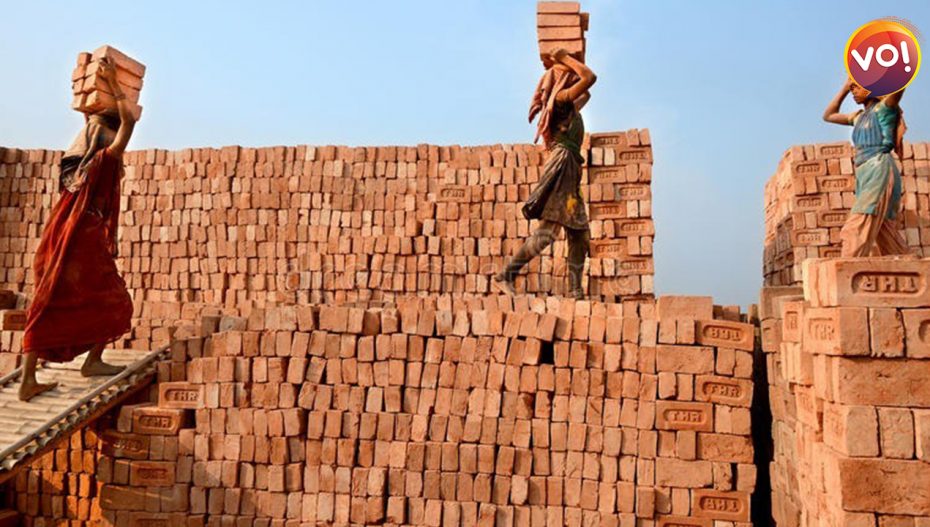Ever wondered about the people who made your house–brick by brick? Migrant labourers from neighbouring states spend around eight months on bricks for the luxury bungalows and commercial complexes that we see mushrooming in our city. Do we ever question if these labourers are paid fair wage? To address these questions, Ahmedabad Parlons–a talk series that aims to connect the average citizen to the reality of their urban lives–is taking place in our city. Here, workers themselves tell their stories.
Organised by Ahmedabad School of Public Policy and Centre for Labour Research and Action (CLRA)–the three day event began in Alliance Francaise, Ahmedabad on January 27.
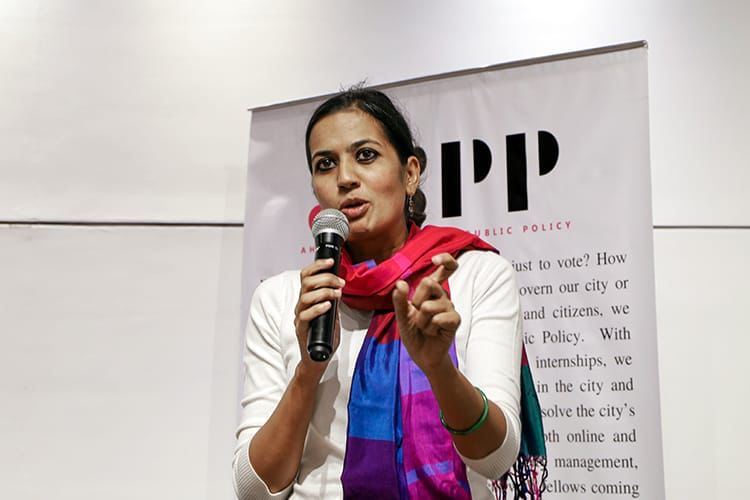
The brick industry boasts more than 10 million workers, most bonded to the brick kilns due to the nature of advance payments and 1.5 times interest rates. The lifecycle of a brick kiln of 8 months ensures the children of brick workers – most are migrant workers also become brick workers.
Renu Pokharna, founder of Ahmedabad School of Public Policy, formerly known as the Ahmedabad Project said, “All around the outskirts of Ahmedabad city, which is boasting of growing FSIs and fancier apartments, workers live under plastic sheets to make bricks, entire families are bonded labour to pay off debts taken from brick contractors. Our visit to a brick kiln recently in fact ended up in the police station as we were ambushed by owners who didn’t want us to meet their workers.”
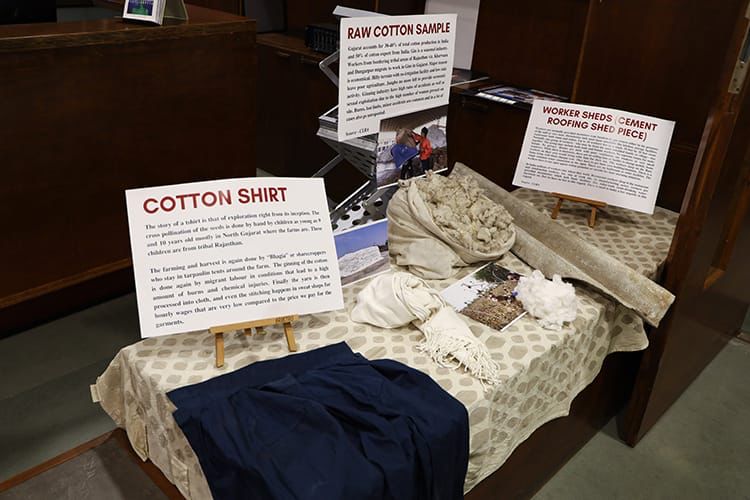
There are 1,200-odd brick kilns in Gujarat with each manufacturing 30 to 40 lakh bricks a year. This sector employs more than 5 lakh people in the state. A majority of these brick kilns are located in rural areas, shielded from society’s eyes, far from the reach of laws and inspectors. The minimum wage paid to brick kiln workers in Gujarat has been raised to Rs 293 per day for moulding 490 bricks, marking a 125 per cent rise in wage after a 13-year-long struggle.
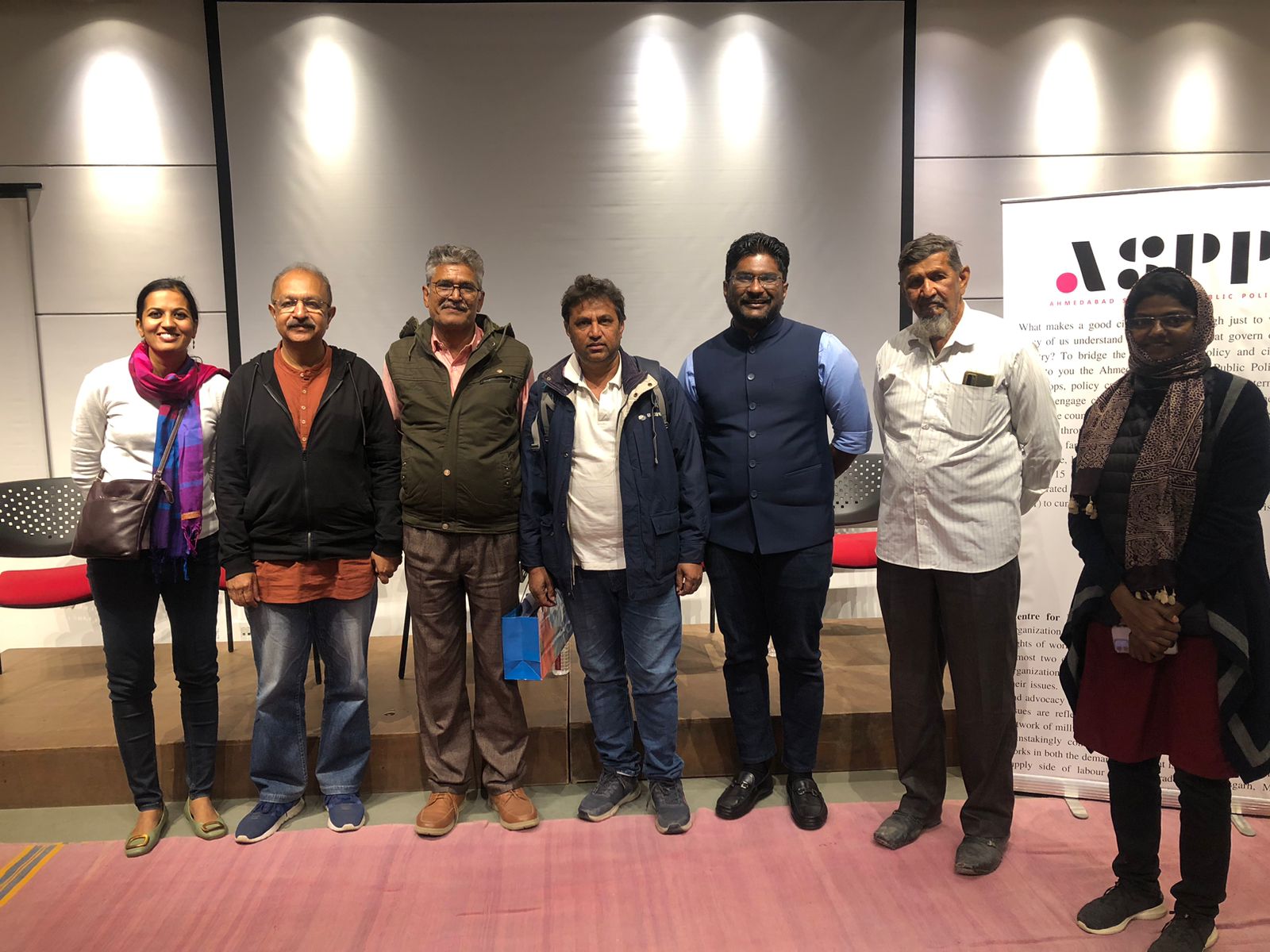
Ramesh Srivastava, secretary of Majur Adhikar Manch, a trade union of informal workers in Gujarat said, “For making 1000 bricks, a labourer has to lift 50,000 kgs of weight. For all the hard work he is hardly paid Rs 180. In Gujarat, most brick kilns have interstate migrants who have no power of negotiation–they are still underpaid and exploited. The situation is the same across India.” Srivastava is a senior trade union activist working with construction, brick kiln, and agriculture workers. He leads the legal team of the Union and has been instrumental in getting hundreds of workers released from bondage and getting their arrears paid.
To help migrant labourers, a government hospital dedicated to them is setting up in Gujarat. Shinu Nambiar, a building contractor, who has worked with governments to build bridges, and prefabricated buildings across the country said, “Gujarat government has over Rs 3500 crores dedicated to the welfare of labourers and their related work. There is a scope to utilise it.” During covid19, Nambiar was instrumental in sending thousands of workers back home and also organising distribution drives of medicines, food and ration.
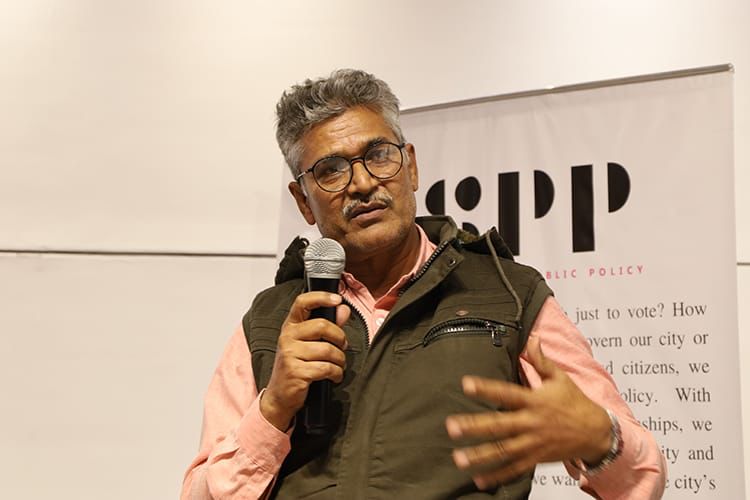
It is important to listen to the stories of people who work in brick kilns and the event had Singabhai Manjibhai Bariya –as a speaker–who has been working in brick kilns around Anand for the last 11 years, he took on the owners of the brick kiln who then mistreated him, the court case is still going on in the Anand court.
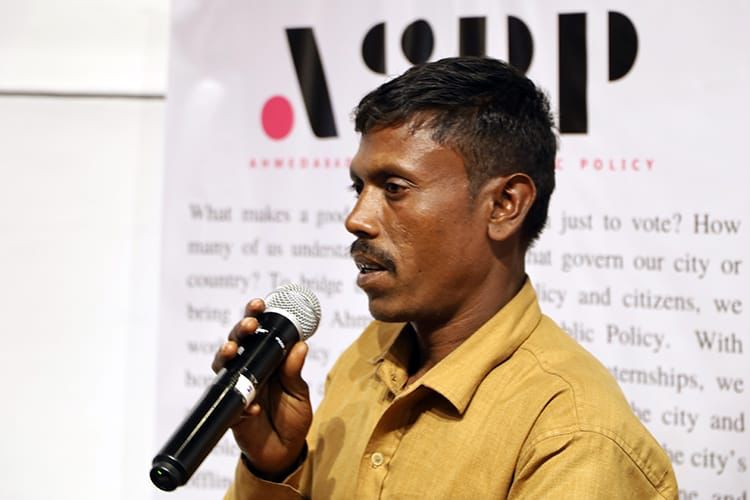
Liaben Singabhai Bariya from Jhabu village, Dhanpur taluka, Dahod district–who has been working in a brick kiln for the last 12 years–also shared her experience. She has to keep her children back in her village while she works in a brick kiln.
How are bricks made?
To make bricks, soil is mixed with water and kneaded into a dough which is then placed into brick-shaped moulds. After being dried in the open, they are baked in kilns where temperatures reach 1100C (2012 F). The kilns use coal as fuel, billowing black smoke that is inhaled by those who work and live on the kilns.
Dinesh Parmar, secretary of Bhatta Majdur Union, a union of brick kiln workers in Gujarat described how the Union undertook a series of campaigns from 2008 onwards leading to collective negotiations and significant wage hikes. He emphasised how labourers in brick kilns are shelterless and deprived of every facility that those institutes offer: They get no education, health facilities and the laws and judicial systems are failing them.



